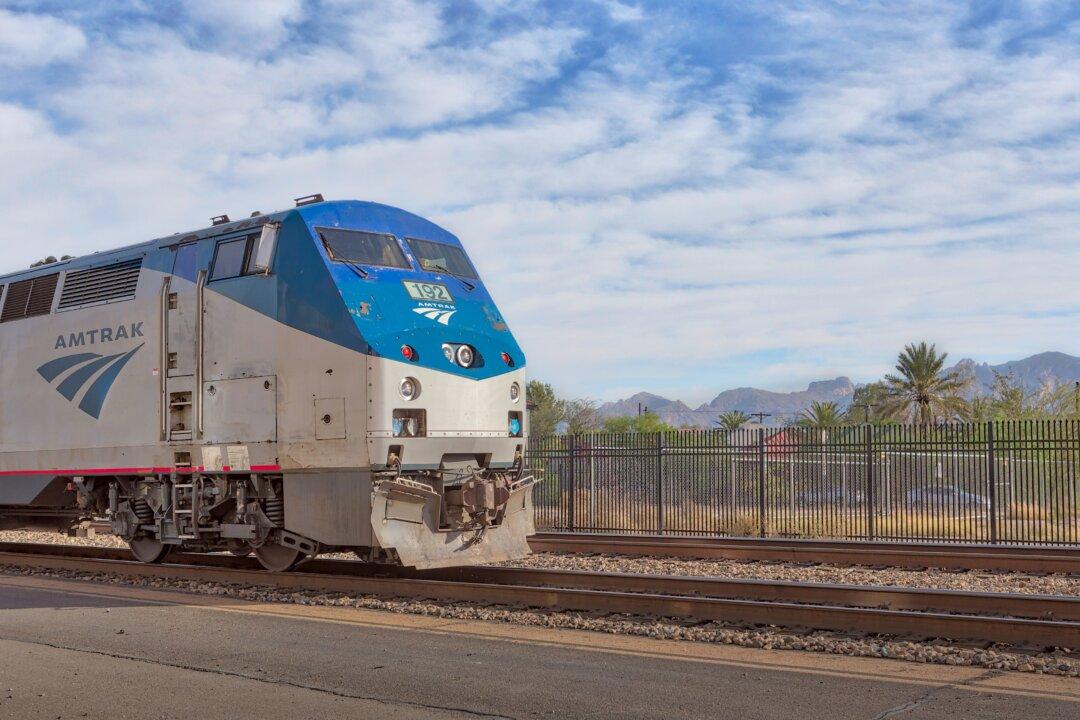New Orleans, of course, is famous for its history and revelry. “Laissez les bon temps rouler,” the official motto goes—let the good times roll. And I’m certain they’re rolling, all over town, on this Friday night.
From the pounding beats of Bourbon Street, across the French Quarter, all the way to that muddy Mississippi winding its big, lazy bends through the heart of the Crescent City.





